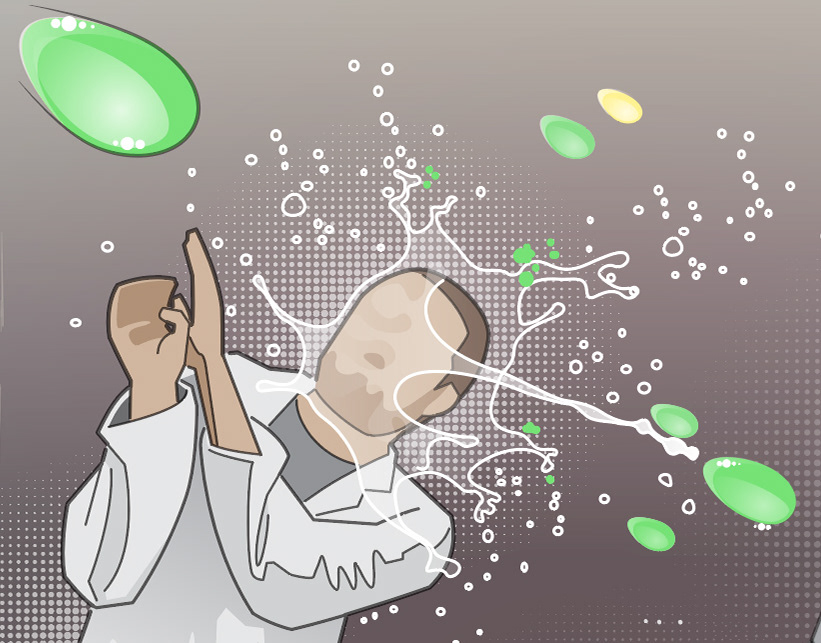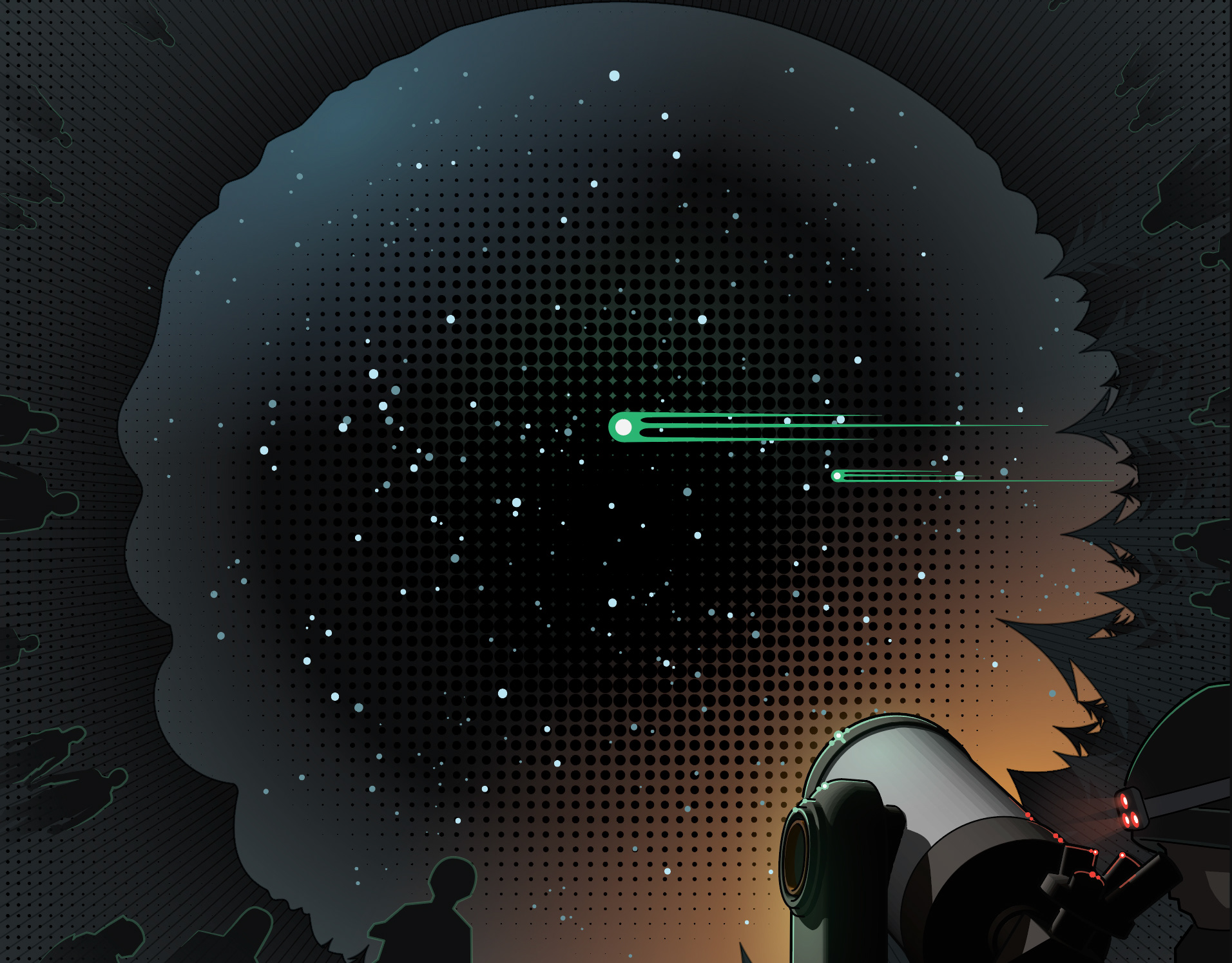Attacking Iran with the Stuxnet worm:
What has gone wrong is that the computer virus (origin unknown) meant to take down the Iranian nuclear program has gone, um, viral, and now it’s attacking targets all over the world. That’s particularly disturbing because Stuxnet is designed to attack industrial processes—to disrupt the operation of factories and power plants, etc.
Building an on-off switch for the Internet:
What could go wrong? The reporter is figuring that out, but for art’s sake I think it’s safe to imagine the world-historical clusterfuck that would ensue if a Palin administration decided to shut down the web, ostensibly to protect from some sort of cyberattack.
Genetically altering mosquitoes:
Scientists want to stop the spread of malaria and dengue fever by genetically engineering mosquitoes that either kill or sterilize other mosquitoes, and then release them into the wild.
Drilling Mt Vesuvius:
A consortium of scientists wants to drill holes in the supervolcano that the city of Naples happens to sit atop. Plenty of people are concerned that this could trigger a catastrophic earthquake.
Creating organisms that live forever:
DARPA wants to engineer synthetic biological creatures who are genetically programmed to live forever and be loyal to their masters. $20 million from next year’s budget has been allocated for the project. They’re including a genetic kill switch in case something goes wrong, but that’s somehow less than comforting.
Building the flying hummer:
It’s wholly impractical and would be incredibly vulnerable in combat—easy to shoot down with nothing more than an AK-47.
Solar radiation management:
That is, spraying millions of tons of sulfur aerosols into the lower stratopshere, either from aircraft or gigantic hoses, in order to block the amount of sun that reaches the earth. The goal of this scheme is to mitigate global warming, but the dangers are many: Widespread drought, worse than what climate changes would cause by itself; wild fluctuations in global temperatures that would eventually trigger feedback mechanisms and make global warming even more catastrophic than it would have ordinarily been.











